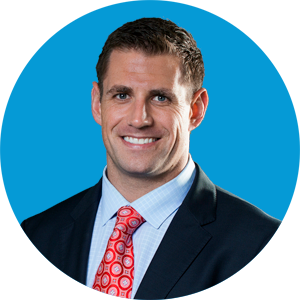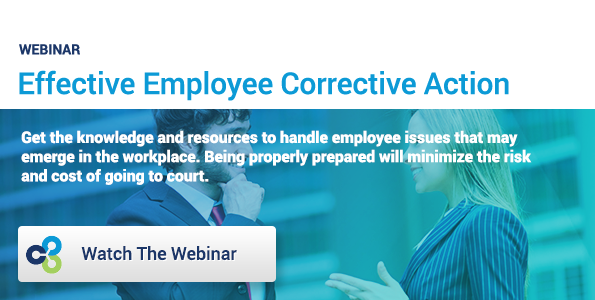 One of the beauties of technology is that it can level the playing field for SMBs, closing the perceptual gaps on the part of prospects between the SMB and its larger competitors.
One of the beauties of technology is that it can level the playing field for SMBs, closing the perceptual gaps on the part of prospects between the SMB and its larger competitors.
Today’s technology tools, if designed and used well, can effectively deliver products and services from companies of all sizes and locations to meet customer needs.
The Development of Disruptive Technology
When we look at some of the most disruptive technologies being introduced, many are being developed by smaller companies. Here’s why: First, smaller companies are often nimbler in anticipating and/or adjusting to market needs.
Second, smaller companies haven’t invested huge amounts in legacy systems that can weigh them down, so they are able to build their tech platforms for the future.
Whatever your company’s size, your customer-facing tech tools should be based on these development principles:
- Keep your brand and culture consistent in your tech offerings. This goes deeper than just slapping a logo on your technology platform. Take the time to identify who you are, what your culture is and what your brand promise is. Then articulate these consistently within your organization and to your audiences.
- Develop your customer tools from a user’s point of view. Involve your customers from conception throughout the process, giving them multiple opportunities to see and react to the product. This can be done through meetings, webinars, focus groups or conference calls, starting at the 30,000-foot level and continuing through each succeeding iteration.
- Make development an integrated effort. Development of your customer-facing tech tools should be an integrated, cross-functional process to get the best from all participants, including owners/managers, marketing, branding, user experience and technology staff. Include consultants, if you outsource any of these functions.
- Bridge the distance between form and function. This can be one of the more challenging parts of the process, but it’s important to combine the input from your creative visionaries with end user requirements and your own internal requirements.
- Monitor and evaluate the effectiveness of the tools. It needn’t be a difficult process. We measure the success of our tools by user acceptance and the volume of users. After recently introducing a new technology platform, we were pleased that the vast majority of our customers were using it, contributing to a 60 percent increase in volume. This means we’ve created value for them; a judgment confirmed by conversations with customers who tell us that the platform is easier and more intuitive than what our competitors offer.
- Don’t jettison the personal touch, if that’s part of your culture and the expectation of your customers. If you know who you are as well as what your customers want and need from you, you can develop an integrated strategy that offers options and can bridge old and new ways to do business.
Technology Done Right
In the end, technology that’s done right, both efficiently and cost effectively, positions you as a more stable yet sophisticated company, operating on a level playing field and servicing your clients with options for the best overall customer experience.





